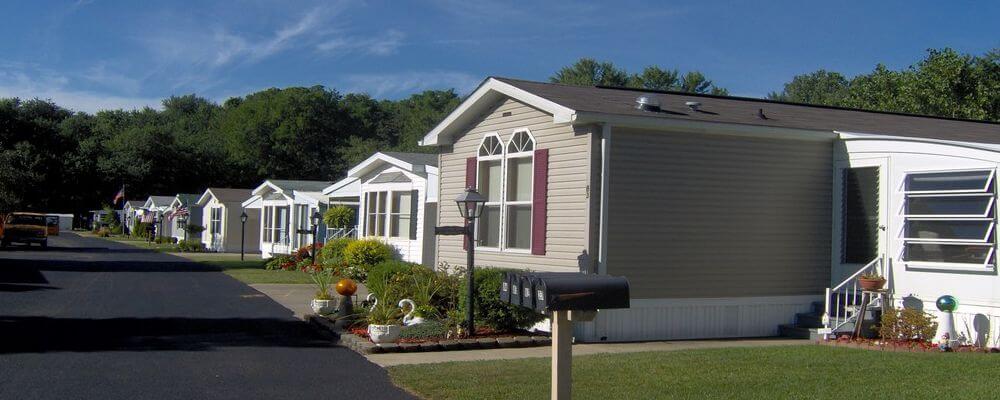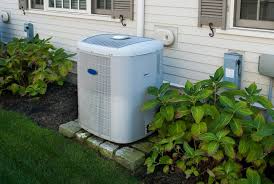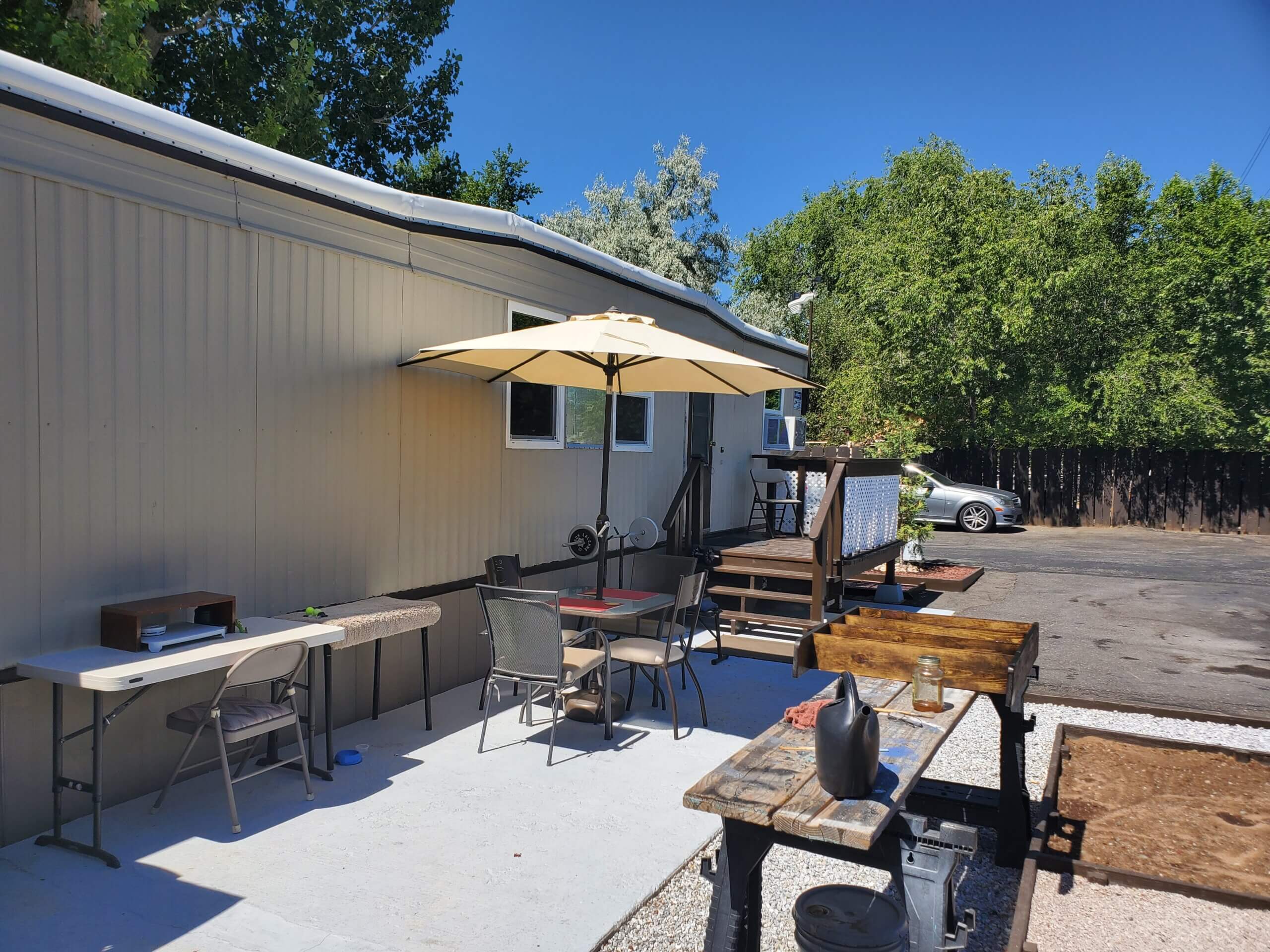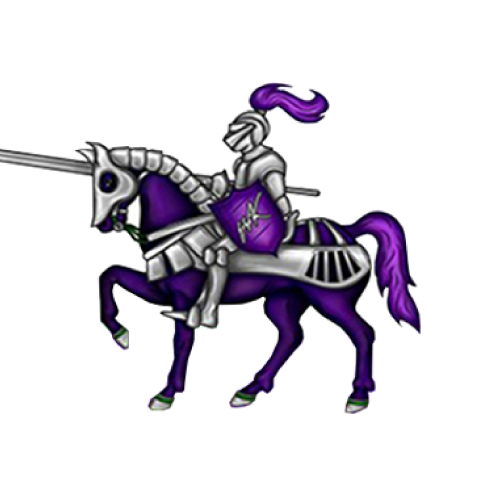Manufactured Home Sales Surge Despite Covid-19 Disruption

The manufactured housing industry has proven to be most resilient in adjusting to the ravages of the COVID-19 epidemic. Material shortages, workforce challenges, price increases, safety measures, and transportation issues continue to affect manufactured home pipelines. In spite of those seemingly devastating challenges, manufactured home builders have continued to produce high-quality homes by improving efficiencies in the production processes, talent recruitment, and utilization of technology.
Getting “back to normal” doesn’t appear to be on the immediate horizon. The good news is that home shoppers in large numbers are discovering that factory-built housing is an excellent “makes sense” option for quality affordable homeownership. Retailers and manufacturers are reporting sales surge activity at a level heretofore unprecedented.
The need for quality, affordable housing has never been greater. Today’s manufactured homes can deliver outstanding quality and performance at prices that are up to 50 percent less per square foot than conventional site-built homes. These savings, especially in an inflationary environment, allow more and more Americans to own their own home, even in the face of an ever-widening housing affordability gap.
According to the U.S Census Bureau (6/30/21), the manufactured home cost per square foot was $59.53 (without land) compared to a new site-built cost of $118.91 per square foot (without land). The manufactured home will be at least equal, and often superior, in every respect, including quality of construction, energy efficiency, safety on occasions of wind and fire, and exterior appearance.
The affordability of manufactured housing is due to the efficiencies of the factory building process. Manufactured homes are constructed with standard home building materials purchased in volume, and are built almost entirely off-site in a factory. The controlled construction environment and assembly techniques remove many of the problems encountered during traditional home construction, such as weather, theft, vandalism, damage to building products and materials, and unskilled labor. Factory employees are trained and managed more effectively and efficiently than the system of contracted labor employed by the site-built home construction industry.
Much like other assembly-line operations, manufactured homes benefit from the economies of scale resulting from purchasing large quantities of materials, products, and appliances. Manufactured home builders can negotiate substantial savings on many of the same components used in building a home, with these savings passed on directly to the homebuyer.
Today’s manufactured homes have experienced an evolution in the types and quality of homes available to buyers, Technological advances allow manufactured home builders to offer a variety of architectural styles and exterior finishes that will suit most any buyer’s dreams while allowing the home to blend seamlessly into most any neighborhood.
Technological advances, evolutionary designs, and a focus on delivering quality homes that families can afford are the driving forces within the manufactured housing industry. That’s why more people in record numbers are turning to manufactured housing to deliver homes that fit their needs and wants at prices they can afford, are turning to manufactured housing. The manufactured housing industry stands ready to fulfill those wants and needs, notwithstanding the Coronavirus.









